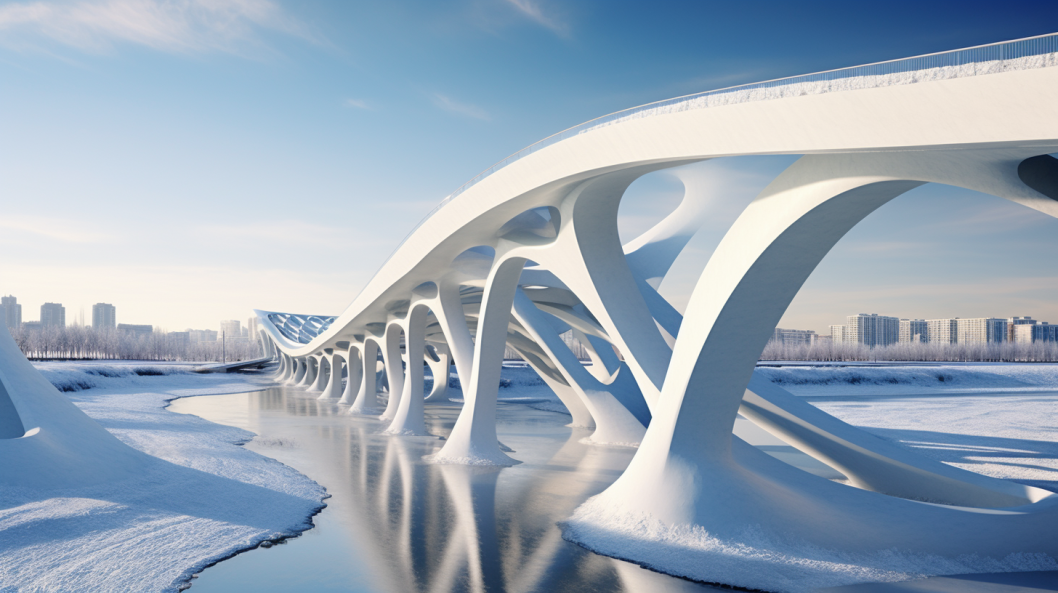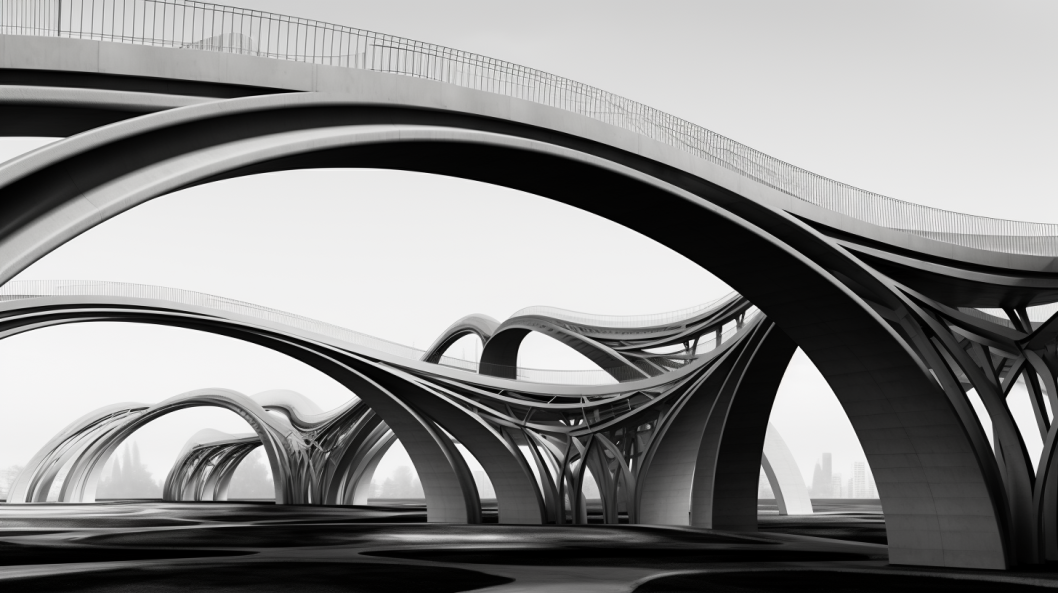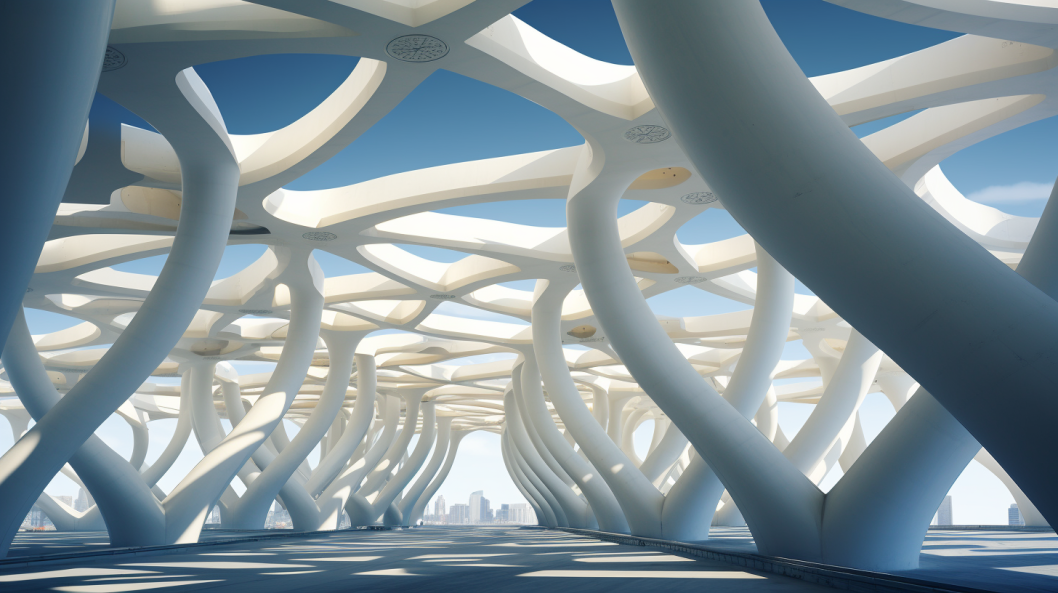Giant Shapes: Amazing Engineering Thanks to Complex Geometry
In our modern cities, buildings stretch high into the sky, bridges gracefully cross huge distances, and tunnels wind through the very ground. In the complex world of modern infrastructure engineering, complex geometry hasn't just been a helper—it's been a pioneer, pushing limits and redefining what's possible.

Pioneering Shapes: Sculpting the Skyline
New ideas in building and structural engineering have always come from how we understand and use shapes. From the ancient Pyramids of Egypt to the towering Burj Khalifa, the way structures are designed has always been closely tied to advances in how we apply geometry.
Today, using complex geometry in infrastructure has brought about a new era of amazing buildings and strong structures. The innovative shapes of modern structures, like twisted skyscrapers or wavy bridges, aren't just beautiful; they also play crucial roles in how they function and how strong they are.
Structural Strength and Innovative Designs
Complex geometric designs contribute significantly to the structural integrity (strength) of modern buildings. Take, for example, the twisted shape of the Shanghai Tower. This unique form isn't just for looks; it's also a smart way to withstand typhoon-level winds. The twisting shape reduces wind pressure by breaking up wind patterns, providing not only an elegant form but also a clever solution to a major engineering challenge.
Similarly, using shapes like hyperbolic paraboloids (saddle-like curves) or geodesic domes (like the Eden Project's biomes) in various structures around the world doesn't just attract attention; it also ensures materials are used efficiently, structures are strong, and they last a long time.

The Harmony of Form and Function
The blend of complex geometry with how infrastructure works is clearly seen in transportation networks. Consider the incredibly long spans of modern bridges, like Japan's Akashi Kaikyō Bridge, which were achieved through a detailed understanding and application of complex geometric principles.
Underground infrastructure, such as tunnels and subway systems, often uses advanced geometric techniques to navigate the intricate paths beneath our feet. This ensures stability, efficiency, and sustainability in the networks that support our urban environments.
Working Together: Beyond Engineering
Furthermore, the role of complex geometry goes beyond just structural and functional uses. In a time when environmental concerns are paramount, combining engineering with complex geometry opens the door for eco-friendly innovations. The development of biomimetic structures, inspired by natural shapes and forms, uses complex geometric insights to create buildings and infrastructures that are more in harmony with their natural surroundings.

Challenges and Future Possibilities
Despite the amazing leaps made in infrastructure engineering through complex geometry, the path forward isn't without its challenges. One of the biggest obstacles is ensuring that advances in theoretical geometric principles keep up with the fast-changing demands of modern infrastructure.
Also, actually building complex geometric designs often requires very specialized materials and construction methods, which can lead to significant cost and logistical challenges.
In an era that constantly strives for sustainability and resilience, the combination of traditional engineering principles with ever-evolving geometric concepts will continue to shape the future of infrastructure engineering. As we explore deeper into the world of complex geometry, we simultaneously uncover new possibilities in creating a future where our infrastructures are not just useful but also represent the peak of human ingenuity and a harmonious coexistence with nature.
Pioneering shapes, derived from the intricate tapestry of complex geometry, continue to mold the horizons of modern infrastructure engineering. The blend of stunning beauty and structural functionality brought about by these geometric innovations is a testament to the endless possibilities that lie within the interaction of mathematics and engineering. In these complex shapes and designs, we see the combination of art, science, and engineering, allowing us to build a future where our built environments embody both beauty and resilience in every curve, edge, and corner.

